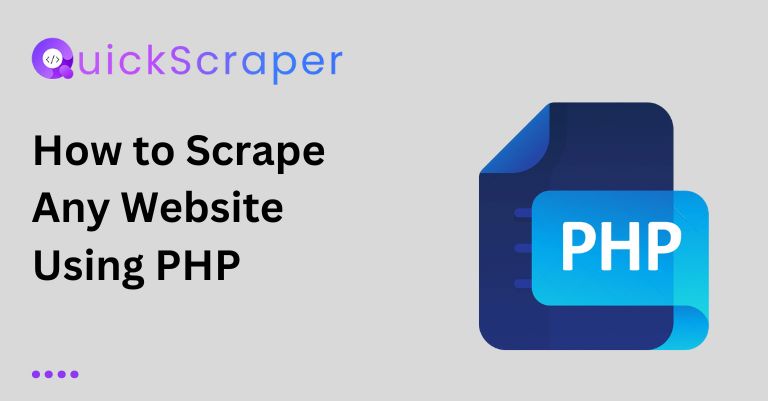Getting a strategic edge in modern business requires going beyond the obvious, and seeking insights beneath the surface. In this era of digital dynamism, the art of competitive intelligence has found a remarkable ally in web scraping. This guide unravels the intricate tapestry of web scraping for competitive intelligence, where digital prowess meets strategic finesse. We dive deep into the realm of best practices, technical finesse, ethical considerations, and hands-on tips that breathe life into this powerful tool, allowing you to unlock a world of unparalleled market understanding.
